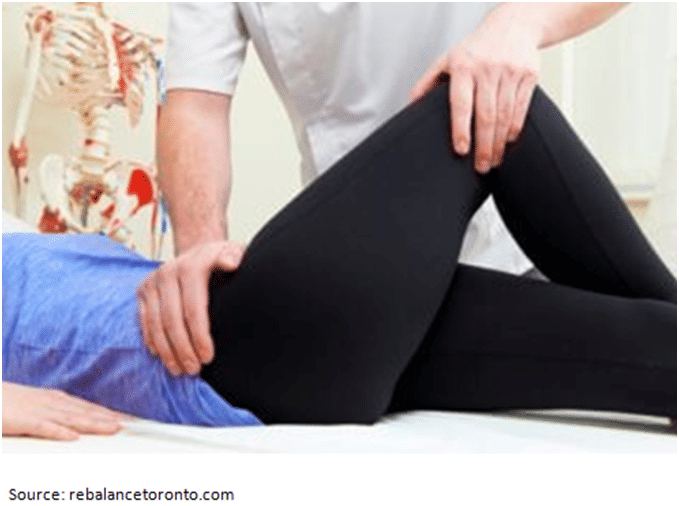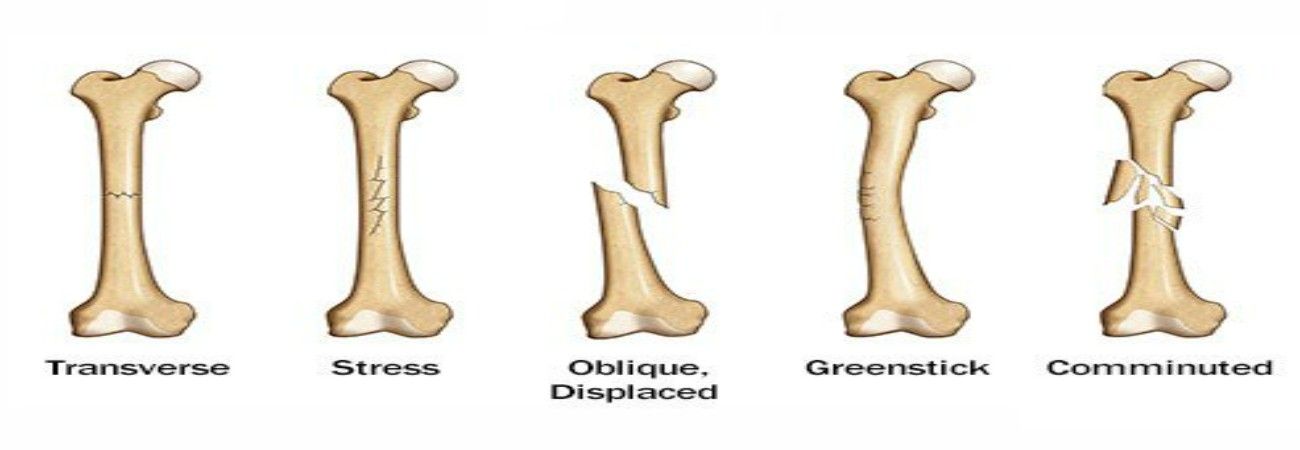The hip joint is the joint that supports the weight of the entire body while in static or dynamic postures. Hip replacement is a surgical procedure that involves replacing a problematic hip joint with a new one.
The hip is a ball and socket joint. The rounded head of the femur bone acts as a ball, whereas the acetabulum, the cup in the pelvis, acts as a socket. Dr. Saurabh Talekar, a renowned orthopedic surgeon in Kandivali, Mumbai, has done many successful hip replacement surgeries until now.
Who Needs a Hip Replacement?
The hip joint provides much-needed flexibility and strength to the lower part of your body. It helps you move in three planes. Any problem in the hip joint probably brings discomfort in carrying out routine activities. Stiffness is one of the early signs of your hip having some problem. The arthritic or damaged hip joint is often painful. Persistent pain in the hip or groin may also call for a hip joint replacement surgery.

Dr. Saurabh Talekar, one of the best hip replacement surgeons in Kandivali, Mumbai , can always be consulted for your hip-related problems. If you experience pain despite undergoing another form of treatment, you should consider hip joint replacement surgery, as prolonged pain can further worsen the condition.
Any swelling or inflammation near the hip, too, is a sign that your hip joint probably needs to be replaced. Consulting Dr. Saurabh Talekar, one of the best orthopedic doctor in Kandivali, Mumbai, n give you a fair idea of whether hip joint replacement is your need or not.
How Can a Physical Therapist Help?
“Physical Therapist plays an important role in the rehabilitation, preventive care, and treatment of patients with chronic illnesses or injuries. Therapists record and evaluate patients' development and ensure that they get proper treatment and care," says Dr. Saurabh Talekar, one of the best orthopedic doctors in Kandivali, Mumbai, who has carried out many total hip replacement surgeries in Kandivali, Mumbai.
Physical Therapist has a role to play, both before and post-surgery.
Role of Physical Therapist before surgery:
It is essential to remain active before the surgery as it helps faster recovery post-surgery. A Physical Therapist helps you out with daily exercises necessary for strengthening the muscles around your hip joint. They probably recommend you walk and swim in the weeks or months before the surgery to keep the joint flexible and strengthen the muscles.

They will also provide you with the information necessary for you to understand the process, the probable outcomes, and the precautions you need to take regarding your hip. This should help you in managing your pain.
Role of Physical Therapist after surgery:
Physiotherapy is a vital part of the recovery stage post-surgery. It is critical to stick to the exercise regime as suggested by the Physiotherapist as it is designed to bring back the flexibility and strength in your hip joint safely and faster. Proper functioning and regaining ambulation are possible with the help of physiotherapy.
The primary goals of a Physical Therapist include;
- Restoring and maintaining the full range of movement in the hip
- Decreasing the swelling and the pain
- Strengthening the quadriceps, hamstring, and the glutes
- Increasing endurance and fitness
- Providing functional independence
- Improving the quality of life
The entire rehabilitation program is divided into various stages.
Week 1-2
Specific movements are restricted to be done in the first two weeks after the hip joint surgery. Restrictions in crossing the legs and twisting your hips inward or outward are some of the few limits that your Physiotherapist might advise you.
The primary aim in the first two weeks of the program includes gait training with the help of assistive devices like crutches and a walker, progression of ROM and exercises within your tolerances, and progression of ambulation with the use of minimal assistive devices.
Week 2-6
In this stage, along with the exercises recommended for increasing the range of movement, you would be suggested resistance exercises. These exercises shall help you return to your daily routine activities independently. Strengthening exercises, gait re-education, and balance training are part of this stage.
Week 6-12
At this stage, your Physiotherapist will focus more on restoring the strength and flexibility in your hip and legs so that you can safely and swiftly carry out the activities you always enjoyed. Activities like hydrotherapy, walking, and the Physiotherapist may include cycling in this stage.

Week 12+
During this stage, with the help of physiotherapy, you shall be in a far better position to get back to your routine activities, including sports. Although complete rehabilitation may take a couple of months more, the quality of your life shall improve. You may soon find yourself reaching your maximum potential.
Can This Injury or Condition Be Prevented?
Although there are several reasons for hip joint injury, many can be mitigated with adequate care and precautions. Following majors can help prevent your hip from getting damaged.
- Maintaining proper weight
- Cushioning of hips and knees while sleeping
- Wearing comfortable and supportive shoes
- Maintaining proper ergonomic postures
- Warm-up before and after exercise
- Including resistance training in your workouts
- Modifying exercise as per need
It would be best to always protect your hip joint from severe jerks and shocks. Proper care can prevent your hip from probable surgery.









